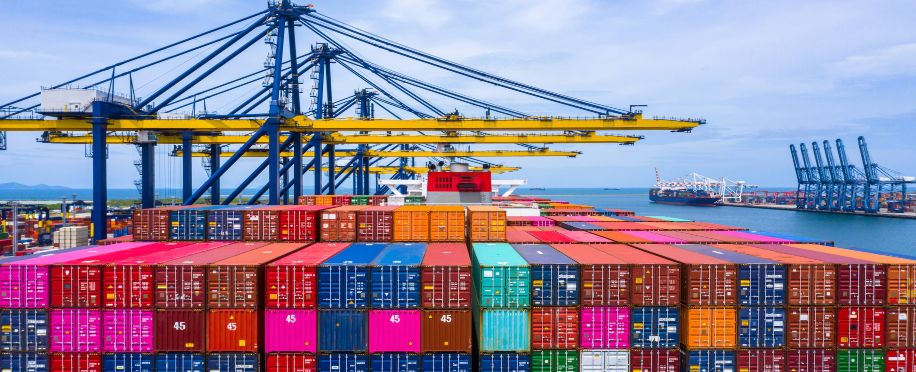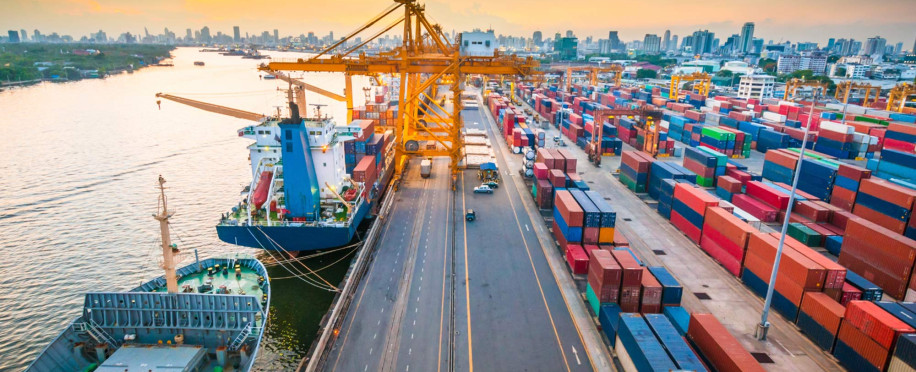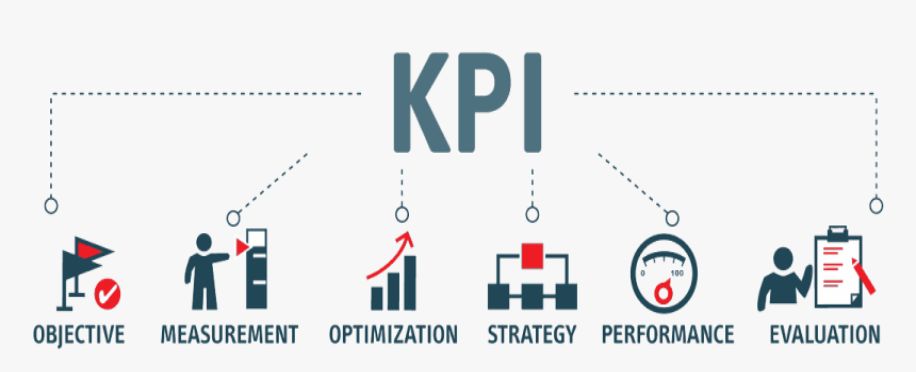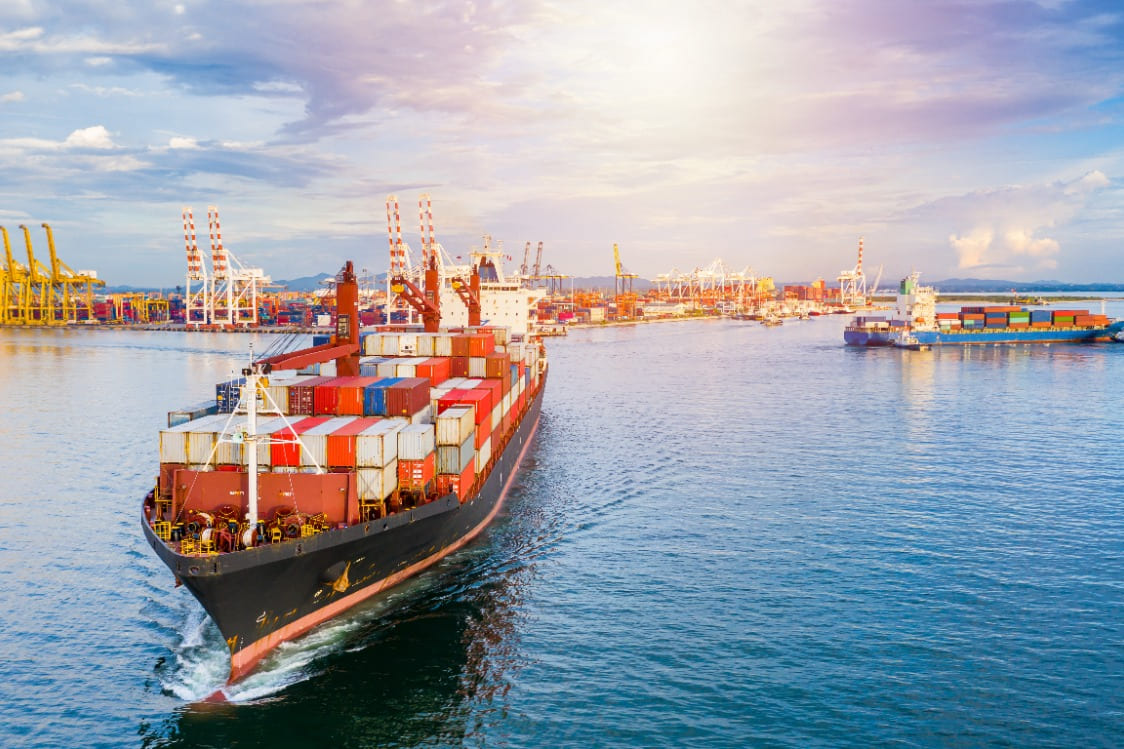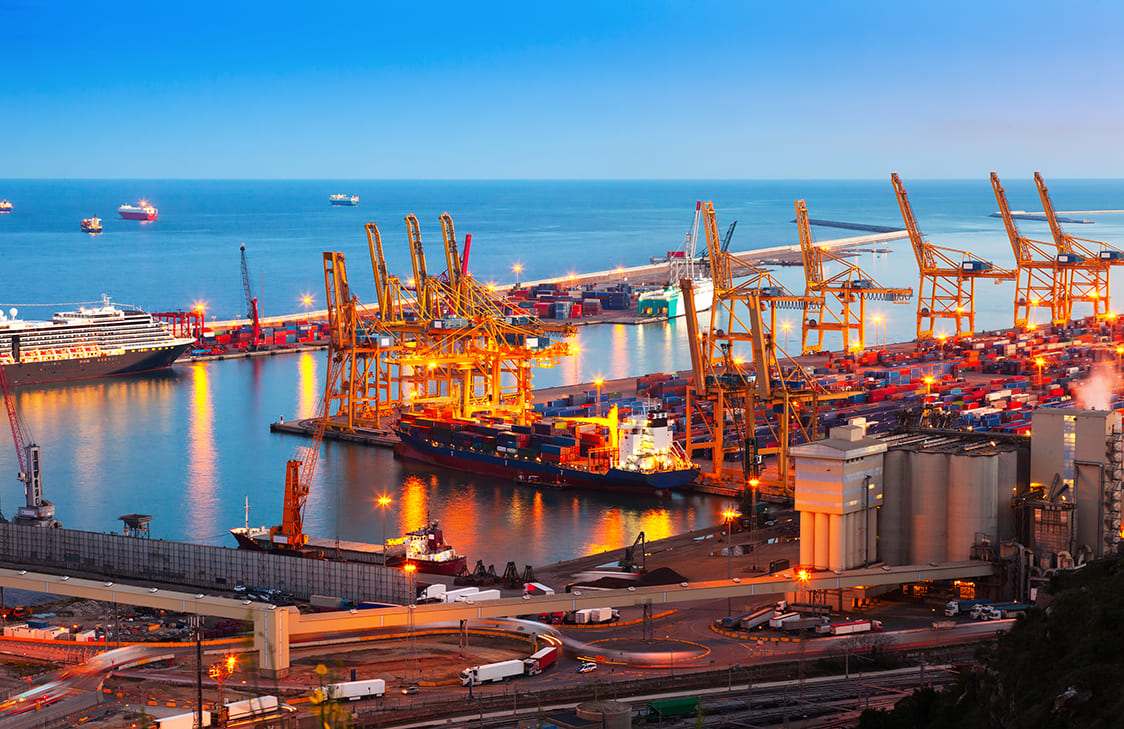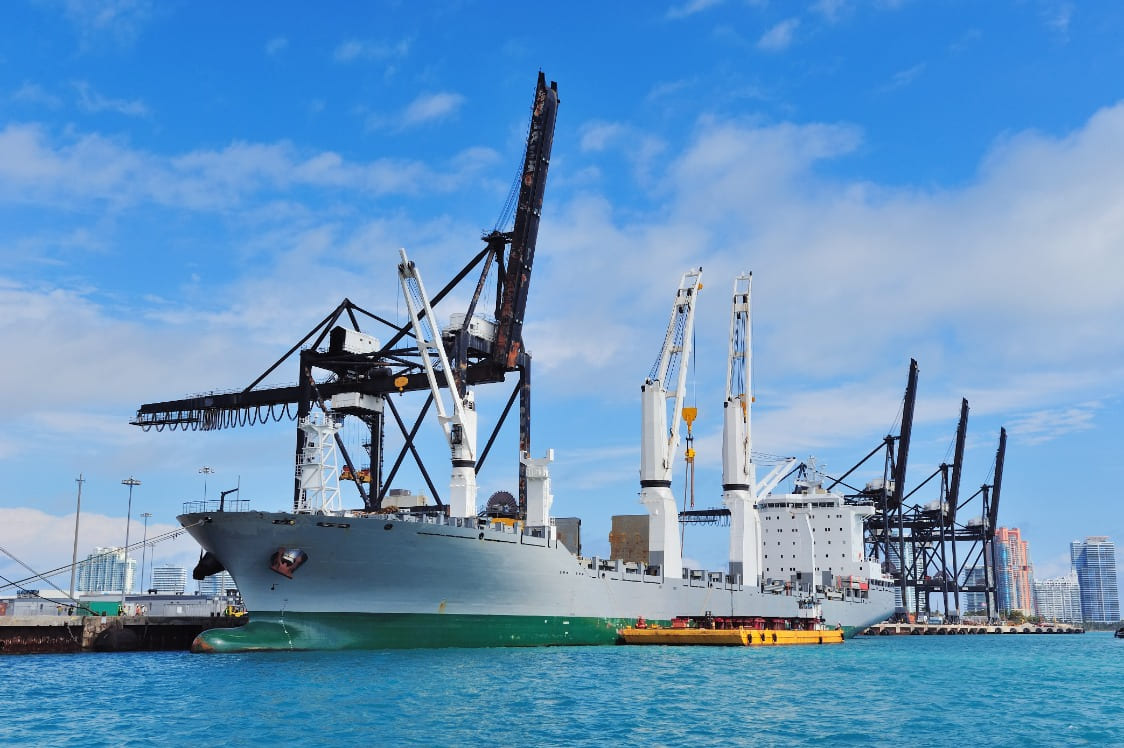Intermodal Transport: Bridging the Gap Between Different Modes of Freight

Posted on Jul 28, 2024 at 08:07 PM
Have you ever wondered how your favorite products go from factories to your doorstep? It's more complex than loading them onto a truck and driving them straight there. Nope, the journey of goods these days is a well-choreographed dance between different modes of transportation. And at the heart of this ballet is something called intermodal transport.
Worry not! In this article, we give you everything you need to know about intermodal transport and why it's one of the best solutions for haul transfer.
Intermodal vs. Multimodal Transport
The first thing you might ponder is: “Isn’t this similar to multimodal transport?” Kind of, but there’s a crucial difference.
In multimodal transport, the carrier is involved in the movement of goods from point A to point B without transference to other carriers. As a result, there is only one contract and one bill of lading to negotiate. However, in intermodal transport, each mode of transport may be handled by a different carrier and this means that you will be dealing with various contracts with each of them.
Both have their perks, but today we’re focusing on the beauty of intermodal transport from a maritime viewpoint.
The Advantages of Intermodal Transport
What is so special about intermodal transportation that individuals and companies should pay so much attention to it? Well, it has quite several reasons why it is considered suitable for effective freight management. Let’s break them down:
Cost Efficiency
Over long distances, ships (and trains) are far more cost-effective than trucks. By leveraging ocean and rail transport instead of trucking for long hauls, you can save significant money.
That aside, intermodal transport allows you to choose the best-transporting combination that combines low-cost and good service.
Environmental Benefits
Container shipping is widely known to be more fuel efficient and less emitting as compared to truck transportation. As such, intermodal transport can be of significant value in minimizing the carbon footprint of cargo.
Flexibility and Scalability
Maritime transport can easily be integrated with other modes of transport. Ports are built for handling multiple loads and from there, it is transported by trucks and trains. From working at full capacity during festive seasons to maintaining constant shipments, intermodal transport works perfectly.
Safety and Security
Maritime transport involves adherence to several safety measures. Products packed at their source are packed in an air-tight closed manner on the ship and do not open until they get to the consumer.
This also reduces the likelihood of damage through the moving process, theft or loss of the products, or even spoilt foods and drinks.
Global Reach
Transportation by sea is useful in joining two different parts of the world which would be hard to cover by road or rail. Intermodal transport helps to unlock markets all over the world effectively. Your cargo can go through a long trip to reach its destination, for example, from Shanghai to New York, without any hitches despite the long distances covered.
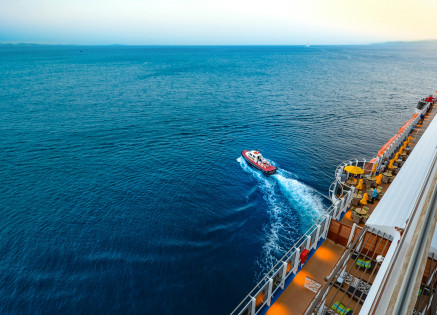
A Real-World Example: international
To illustrate this more effectively, it is possible to use an example of a concrete situation. For instance, consider a firm dealing in electronics production based in South Korea and offers shipping services for her electronics equipment and products to the Europe market.
Here’s how intermodal transport would work seamlessly in this supply chain:
- Starting Point: Electronics are loaded in containers in the electronics factory situated in South Korea and then transported on land in trailers to their shippers as a single truckload.
- Maritime Transport: These trucks transport the containers to the Port of Busan. From there, the containers with the goods are taken to another cargo ship headed towards the port of Rotterdam in the Netherlands.
- Rail Transport: After getting to Rotterdam, the containers are immediately transferred to railway trucks that move them to their final destinations within Europe.
- Final Delivery: After that, each piece of electronics is taken to the final modes of transport in Europe, specifically trucks, which transport the containers to distribution centers or shops.
Intermodal transport allows the company to optimize this account and make use of ocean freight at an affordable price.
Why Should You Consider Intermodal Transport?
If you are a small business person or you are part of a large supply chain team, it is good to consider intermodal transport. The benefits include reduced costs, attaining maximum productivity, and minimizing the effects on the natural environment.
Particularly from a maritime perspective, the benefits are significant: it includes utilizing large ocean ways, increased flexibility, and linking up world markets.
If you are apprehensive about the combined complexity, you should know that logistics businesses focus on this method. They may assist you to avoid some complexities and difficulties and conduct efficient transfers between the different transport means.
Nevertheless, if you're planning to consider and you're still skeptical education is your friend, take Shipping management courses online and learn about methods of transport, the definition of each, and which would be the best for you as well as the types of contracts for each. Ensure you have all the information in hand before diving into the water.
Intermodal transport isn't just a buzzword in logistics. It’s a strategic approach that leverages the strengths of various transportation modes, particularly the money-efficiency and world reach of maritime shipping. By bridging the gaps between trucks, trains, and ships, intermodal transport transforms how goods travel the world.
